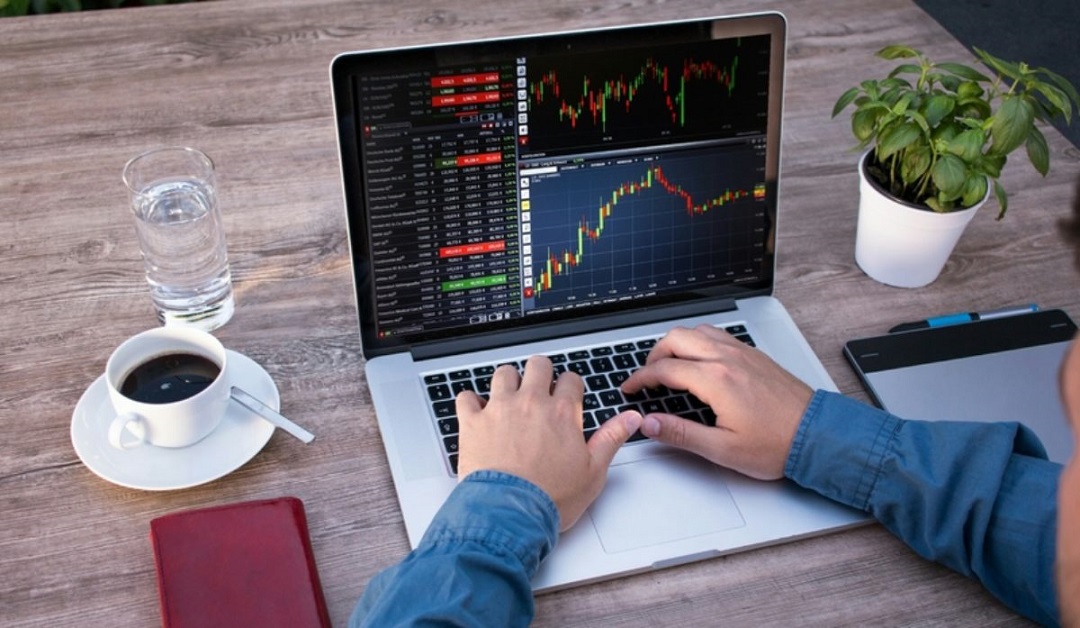
The main benefit of historical forex data is its ability to unveil pattern and long-term trends that are evident in the forex market. For a long time, currencies exhibit various cycles influenced by the policies of economics, geopolitical factors, and the general mood of markets. Analyzing these patterns helps traders detect recurring trends and turns, which are crucial for forecasting future market movements. Historical perspectives are vital to develop trading strategies which can stand up to markets and capable producing consistent results over the course of long periods of time.
Another crucial use for historical forex data is in the rigorous backtesting of trading strategies. Backtesting is the process of applying a trading strategy against historical data for evaluating its performance over the course of. This process is essential in determining the strength and efficacy of a program prior to implementing it into live trading. With more than 37 years worth of historical data available traders are able to test their strategies on a broad variety of conditions in the market, which includes periods of extreme risk and stability. The extensive testing will ensure that strategies are reliable and consistent in their results, thereby reducing the possibility of unanticipated losses when trading in real-time.
for financial institutions and hedge funds, Historical Forex Data can be the foundation of quantitative analysis in addition to algorithmic trade. They are dependent on and long-term information to create sophisticated trading systems and strategies to execute trades on established criteria. With our 37-year data set the institutions can build their algorithms to recognize complex patterns, and take split-second decisions that capitalize on weaknesses in the market. This ability is crucial when it comes to high-frequency trading, in which the slightest advantage can yield significant profits. To obtain additional information please read this article
Historical forex data also plays an important role in risk-management. Through studying the historical movements of prices as well as market responses to various occasions, traders are able to better recognize potential risks and come up with strategies to mitigate their impact. As an example, knowing how certain currency pairs have reacted to past crisis or political developments will help investors prepare for similar situations in the future. A proactive approach to the management of risk is important in the volatile forex market in which unexpected developments can result in significant financial losses. A comprehensive historical database allows traders to build more resilient portfolios as well as implement strategies to ensure their investments are protected.
Furthermore, the historical data on forex is a great resource to conduct academic research as well as economic analysis. Researchers studying the forex market can use the data to test various theories about exchange rates, currency relationships as well as the influence of macroeconomic factors. A long-term time series permits comprehensive studies that contribute to the study of how forex movements happen. Additionally, policymakers and central banks can use past data to examine the consequences of interventions in the past and take informed decisions regarding the future direction of monetary policy.
Furthermore, the application of data from historical forex can be observed in its use with the most popular trading platforms such as Metatrader 4, and 5. These platforms provide robust tools to analyze past data, running tests and trades with historical insight. Traders are able to import large historical data sets to these platforms, which allows the use of sophisticated analytics features as well as automate their trading strategies. The seamless integration of past data on these platforms boosts the efficiency and efficacy of trading processes, offering traders with a strong system for making decisions.